
Our recent Transition Streets session for Dove Park was all about biodiversity, and what better place to discuss it than in a neighbour’s truly magnificent garden! While many of us in Dove Park don’t have sprawling plots, this particular neighbour was fortunate enough to acquire some unused land at the back of their property, creating a wonderful blend of formal garden and a wilder, winding area filled with trees. They’ve even got a fantastic nature pond, built soon after they moved in, which has now beautifully softened with aquatic plants and is teeming with pond life and, importantly, provides a vital drink for thirsty bees. Their chickens, add a wonderfully rural and diverse feel of the place – if you remember an earlier post of mine, we donate our green vegetable trimmings to the chickens, which they love!
It was a perfect setting for our last official Transition Streets meeting, though a slight shame we finished too early for our bat detectors to pick up any of the Chorleywood pipistrelles we often see! Nevertheless, we had a fantastic and unusually large group this time, all keen to delve into how we can boost biodiversity in our own backyards.
The Alarming Truth: A Call to Action for Our Green Spaces
Our discussion kicked off with some sobering facts provided by the Transition Streets programme. It’s a stark reminder of the challenges our natural world faces:
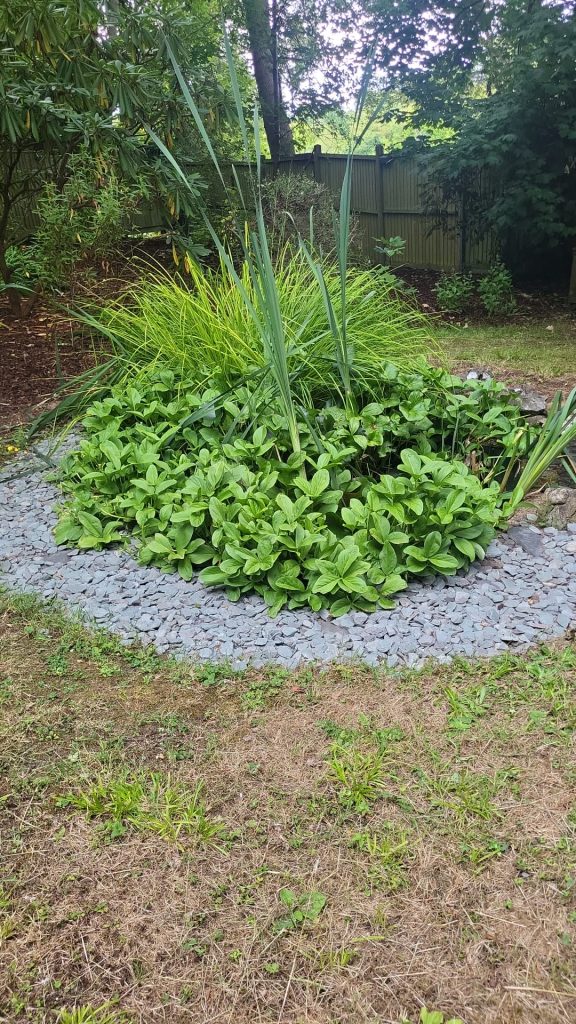
- More than 41% of UK species studied have declined over the last 50 years.
- One in ten species in Great Britain is now threatened with extinction.
These are truly shocking figures, and it brings to mind Sir David Attenborough’s powerful documentaries highlighting the dramatic changes in our natural landscapes in the UK and the steep decline of our biodiversity.
But here’s where our gardens come in, and why they are so incredibly important. There are an estimated 24 million gardens in the UK, collectively covering an area greater than all our national nature reserves combined. This means our individual gardens, no matter how big or small, are absolutely vital habitats for wildlife. It doesn’t have to be expensive or complicated to make a real difference and encourage nature into your space.
Chorleywood’s Natural Riches and Simple Ways We Can All Help
We’re incredibly lucky here in Chorleywood; if you make even the slightest effort to encourage wildlife, it truly responds. Many of us noticed a significant increase in local wildlife during the COVID-19 lockdowns, with fewer cars and more people out walking. This influx seems to have largely stayed with us, which is wonderful.
In our own gardens, we’ve witnessed an abundance of wildlife. Foxes, including annual sightings of their cubs, use our gardens as a thoroughfare. Badgers, seemingly healthy, also frequent the area, though a friendly word occasionally needs to be had about their fondness for my freshly grown peas! We also have a huge variety of bird life, thanks to the many surrounding trees including woodpeckers, nuthatches and redwings as well as a good variety of finches. It’s noticeable how many residents in our road have actively encouraged diversity through planting more wildflowers and adopting “no-mow” areas, particularly in May, June, and July. We’ve all seen a fantastic return of individual bees, bumblebees (not just honeybees), butterflies, and ladybirds – a sure sign our efforts are making a difference.
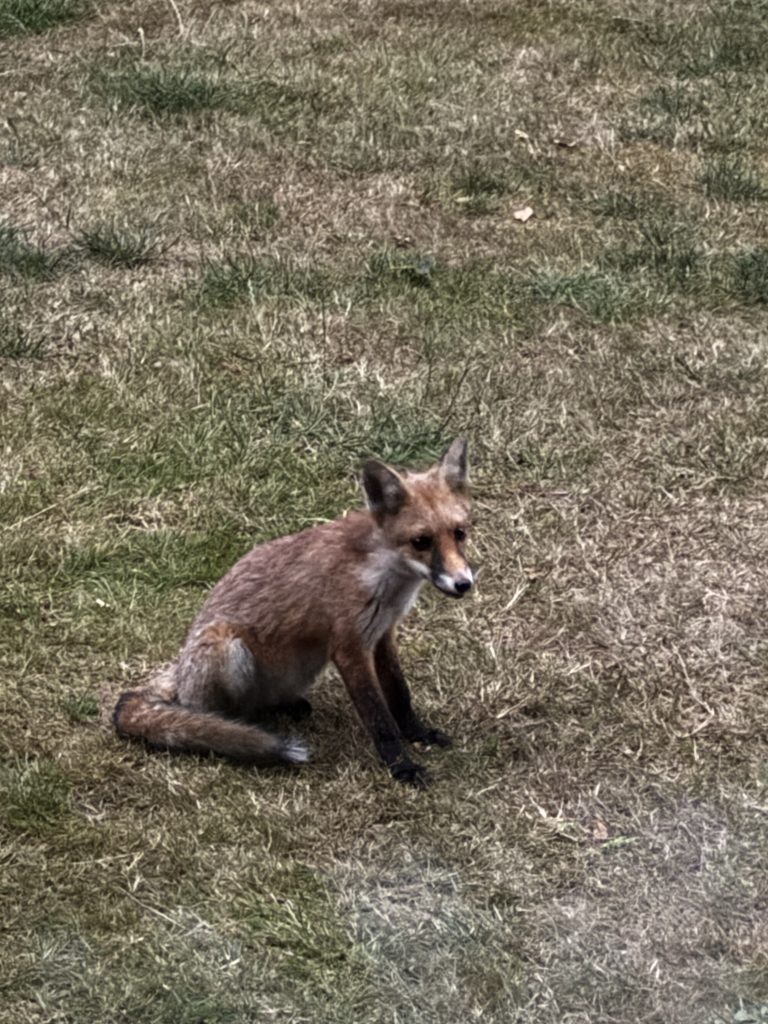
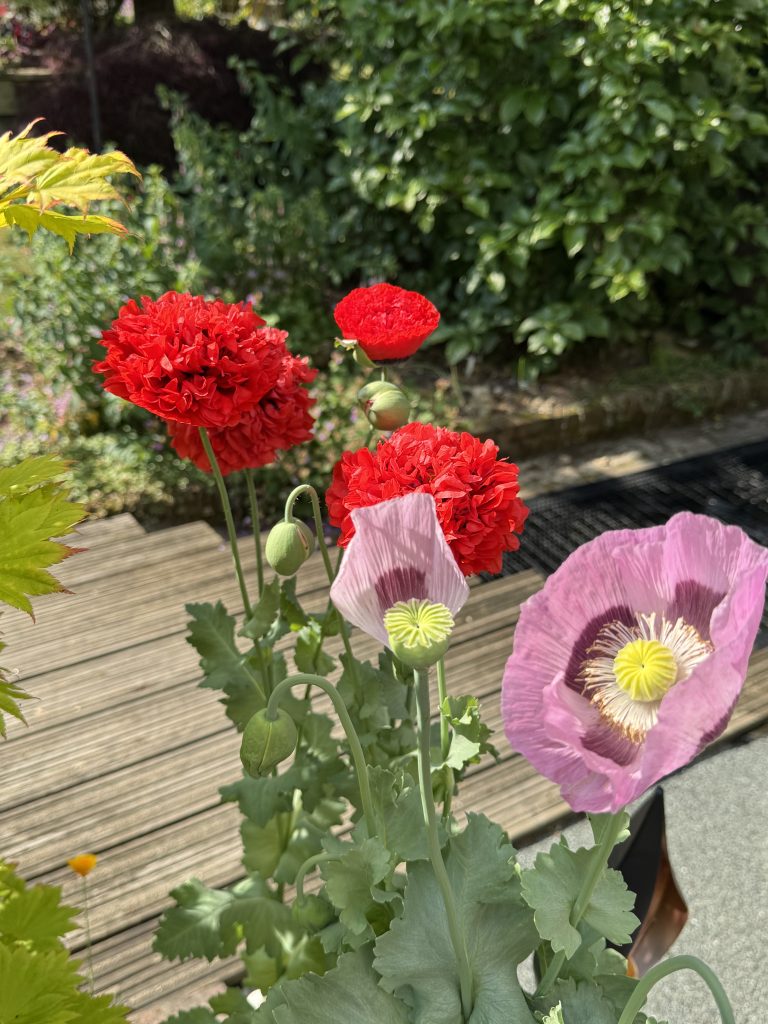
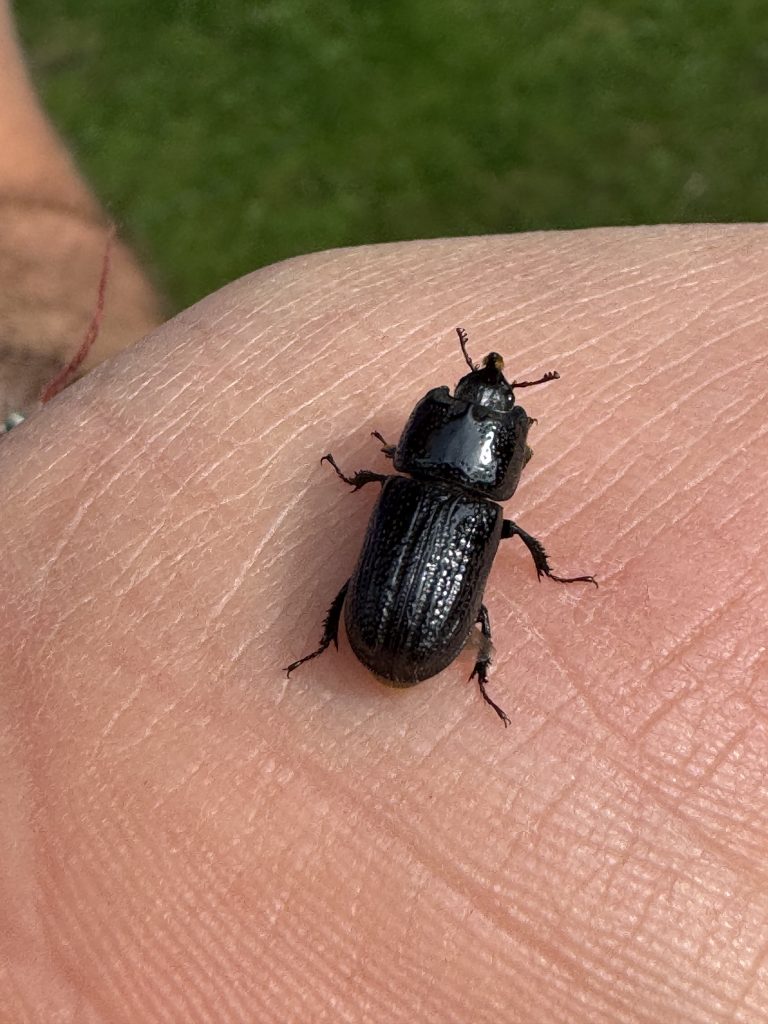
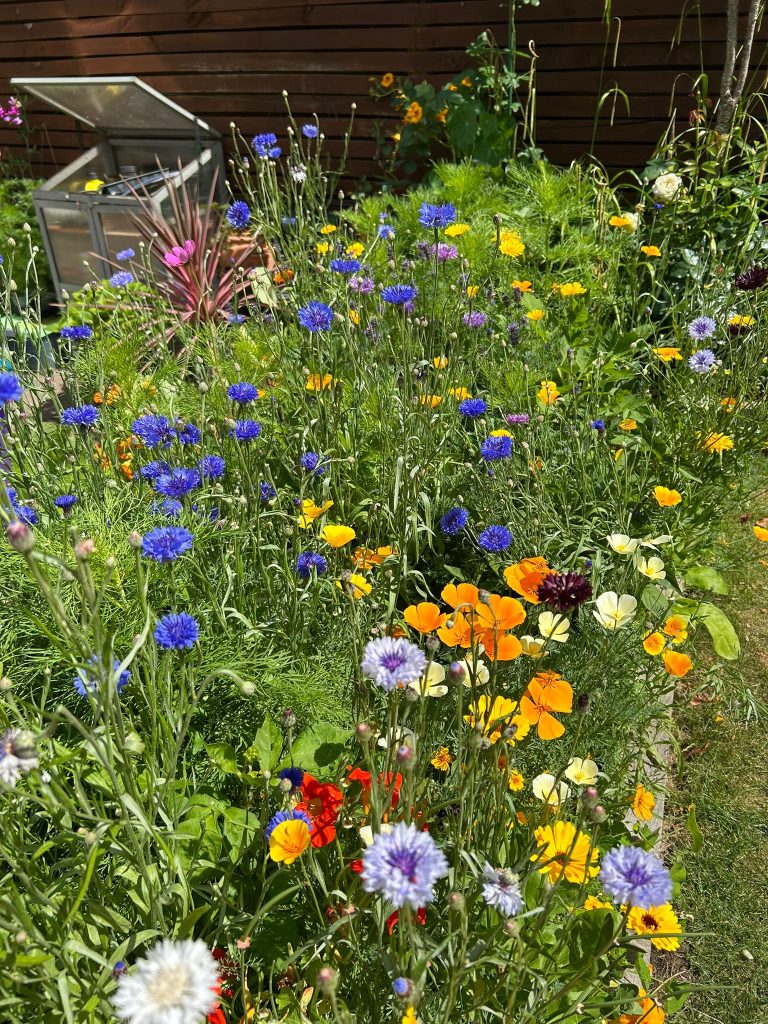
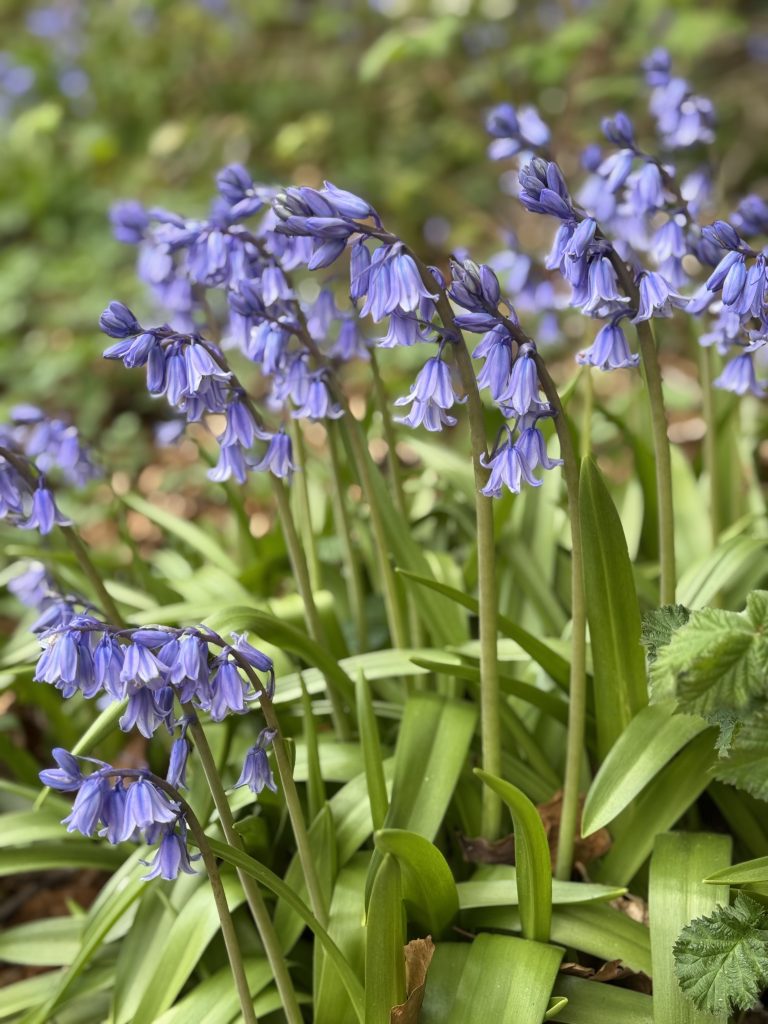
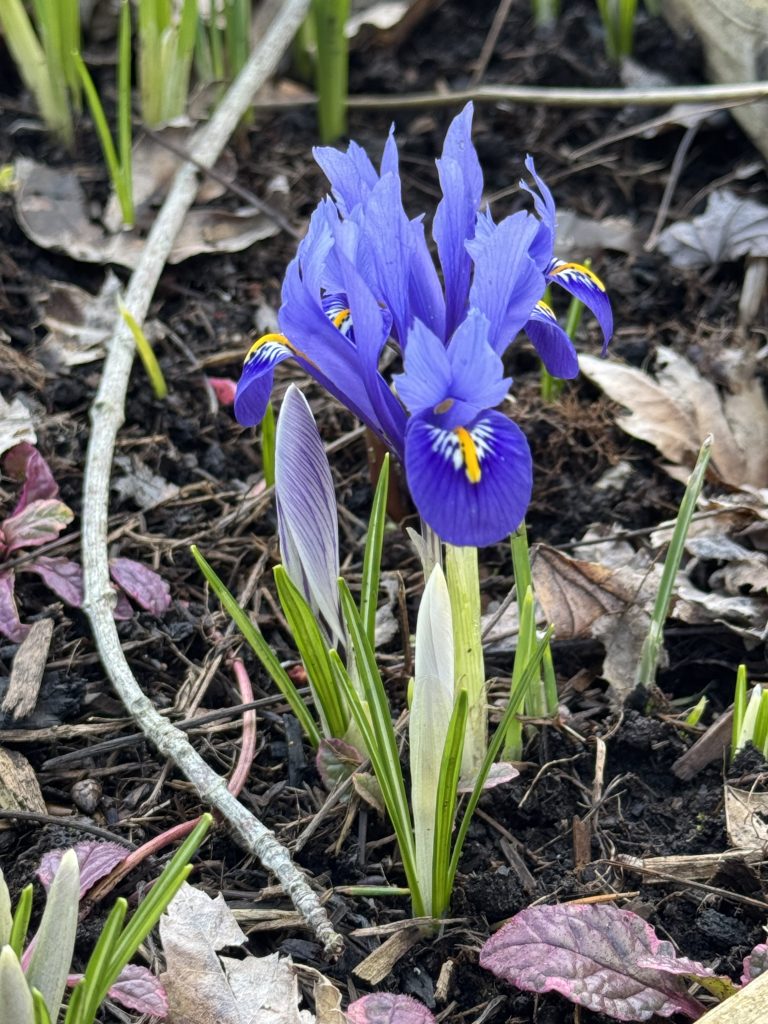
Even small patches of council land, like the verge opposite my house, have been transformed by wildflowers and grasses, creating a veritable cacophony of insect life on warm summer evenings. Butterflies, from common whites to red admirals and even monarchs, are everywhere. I’ve even taken to raising monarch butterflies from caterpillars myself, ensuring these beautiful creatures have a safe start before being released – it’s a truly precious and rewarding experience. You can get these from companies like InsectLore. We also regularly see muntjac deer in our gardens and occasionally roe deer.

Fuelling a Greener Future, One Story at a Time. Every small step we take – from reusable bags to conscious consumption – ripples outwards, creating a wave of hope. Let’s rewrite the story of our planet, one click at a time. I believe in the power of storytelling. By sharing inspiring environmental initiatives, unsung sustainability heroes and practical tips, I aim to amplify the voices making a difference. Imagine a world where everyone is empowered to take action, one small change at a time. ‘Buy Me A Coffee’ donation is a quick and easy way to offer a small, one-off donation, that helps keep this platform running and allows me to continue sharing these vital stories. Just click the “Donate” button (top right corner). Every contribution, no matter the size, makes a difference. Thank you for being a part of this journey.
Easy Ideas to Create a Home for Nature
So, what can we all do? Here are some simple, often inexpensive, ideas that came out of our session:
- Bird Nesting Boxes: You can buy or even make your own. Look for local sustainability groups that might be crafting them from reclaimed wood.
- Swift Boxes and Bricks: Swifts have seen a dramatic decline, partly due to modern building practices replacing their traditional nesting sites. Installing swift boxes or bricks, especially if you’re in the south of England where they tend to migrate, can provide crucial homes.
- Bat Boxes: While bats may not breed in these boxes, they provide essential places for them to hibernate and rest during the summer. All British bats are insect eaters, so they’re fantastic natural pest controllers for your garden. We have one on the front of our house and regularly see bats travelling long distances to their territories to feed.
- Insect Hotels & Bee Hotels: These are incredibly easy to make and provide vital shelter for a variety of insects, including solitary bees. Solitary bees are crucial pollinators, and encouraging them (and bumblebees, which often nest underground) is essential. Place bee hotels in sunny spots, about 1-1.2 metres from the ground, near pollen-rich flowers.
- Log Piles: A simple pile of logs in a shady part of your garden can become a thriving home for plants, fungi, lichens, and a diverse range of animals.
- Hedgehog Homes: This can be a fantastic way to help this struggling species, either by making or buying a dedicated home. However, consider potential predators in your area (like badgers and foxes, which are prevalent in Chorleywood and unfortunately prey on hedgehogs) before encouraging them.
- Bird Baths: Especially during hot weather, providing a water source for birds to drink and bathe is incredibly important. An old frying pan or washing up bowl can be easily repurposed.
- Mini Ponds: You don’t need a huge space! Our neighbour created a beautiful nature pond from an old reclaimed sink, sunk into the ground and surrounded by water-loving plants. Another member used an old washing basin. These attract all sorts of insects and tadpoles.
- Embrace Natural Grass: Natural grass offers numerous benefits: it cools the environment, filters pollutants, absorbs rainwater, reduces flooding, and stabilises soil, all while providing a home for wildlife. Consider reducing your mowing, even if it’s just in patches, during spring and summer. This allows wildflowers like daisies, buttercups, and dandelions (an early food source for bees) to flourish, attracting pollinators.
- Plant Wildflowers: We’re all trying to incorporate more wildflowers into our gardens and verges. Not only do they look beautiful, but they attract essential pollinators to your vegetables too. Crucially, let the wildflowers go to seed in autumn; the seed pods provide vital food for birds like chaffinches and goldfinches.
- Make a simple watering stop for bees, insects and wasps. Take an old shallow tin, position it in the garden, maybe sink it in the ground a little, fill with some lovely pebbles but only to half way up the stones so the bees can land there for a drink.
- Create Hedgehog Highways: Hedgehogs need to roam widely (up to a mile a night!) to find food, mates, and nesting sites. With less than 500,000 hedgehogs left in the UK, their decline is stark. Walls and fences restrict their movement, so cutting a 13x13cm hole at the bottom of your fence panel or digging a channel between garden boundaries can create a vital network for them. You could even mark it with a little plaque!
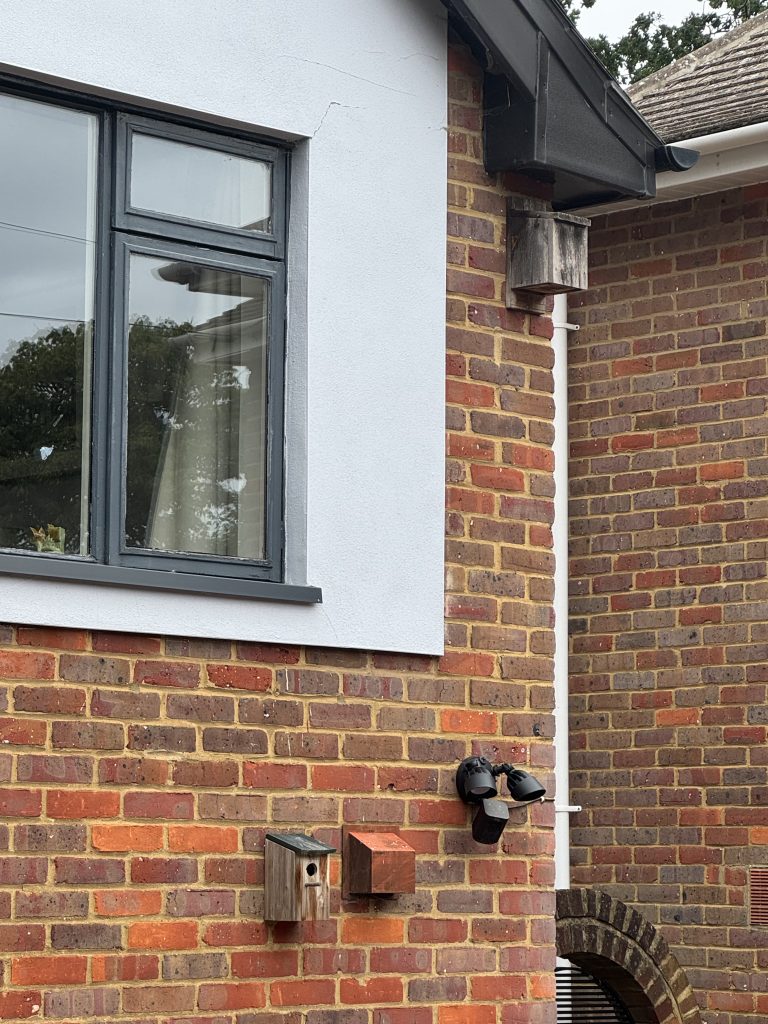
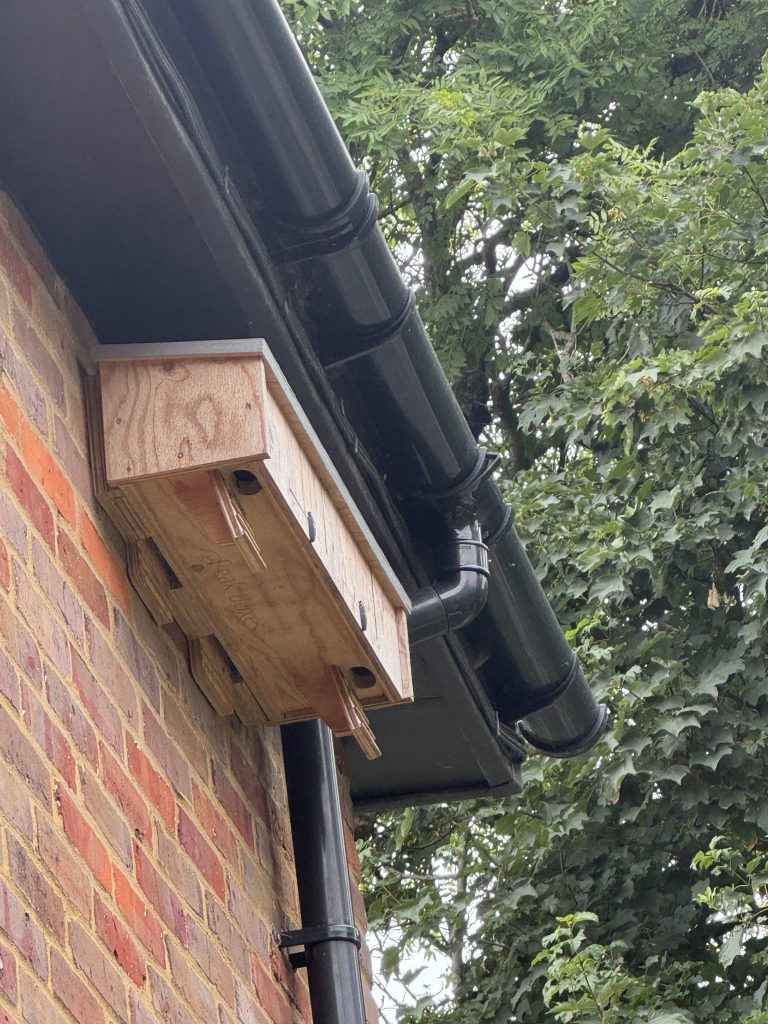
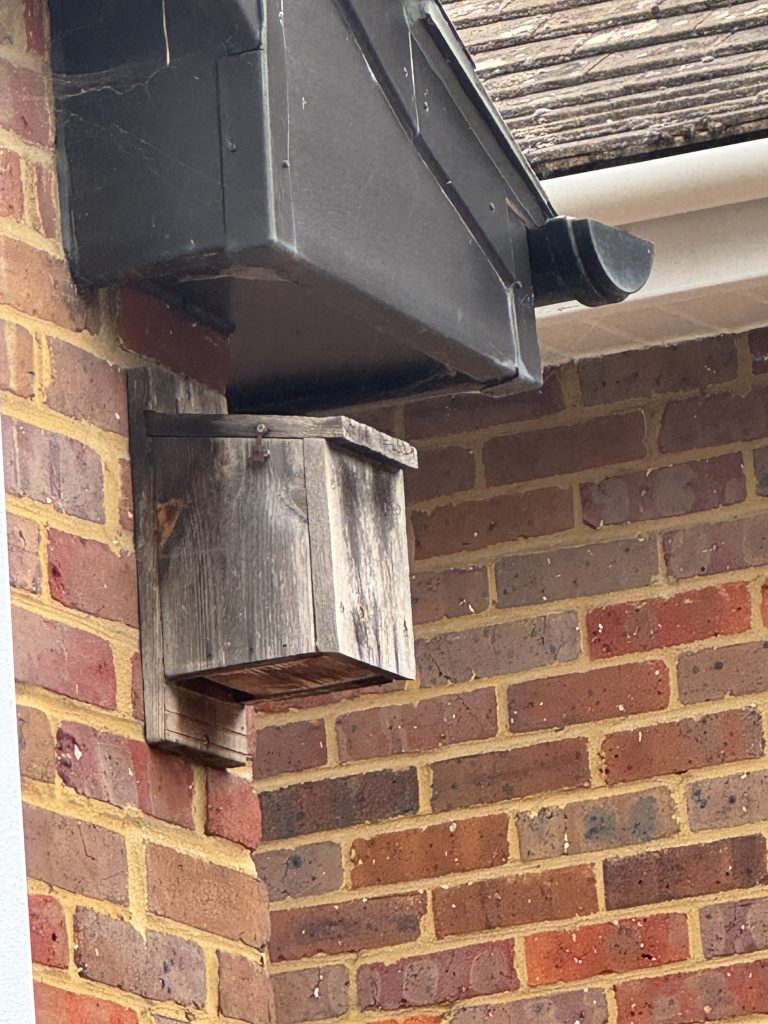
A Sweet End to Our Session
Our biodiversity session concluded with a lovely, if slightly experimental, Mead made by our host from his own honey – a fitting toast to nature’s bounty! The evening ended on a humorous note, as a large bumblebee found its way into their house and got stuck in a tall light pipe. We had quite the time trying to encourage it back outside, a perfect, lighthearted end to something we all gave serious focus to, the Transition Streets programme.
